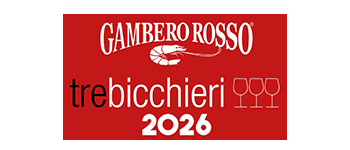I spent a good amount of time huddled over this fantastic bottle over the course of a few days. This is another masterpiece in a long line of masterpieces from the Villero site in Castiglione Falletto that is definitely a personal MGA favorite. The Vietti 2016 Barolo Riserva Villero can be summed up in a single word: seamless. You immediately recognize the strong personalized style of the wine despite the Vietti ownership changes, although in truth this vintage was still under the guide of Luca and Elena Penna-Currado because the estate was sold in July 2016 and they stayed on to make wines for a few more years to follow. The smoothness of the wine represents a continuum across various chapters of dark fruit, roasted chestnut, iron ore, blood orange, aniseed and white truffle. It does not have the weightlessness of some of today's top Barolo; in fact, quite the opposite: this is a wine of depth, full-bodied texture and smooth transitions. Production is exactly 5,146 bottles, 330 magnums and 15 double magnums.
|
MENU
|

|
|







